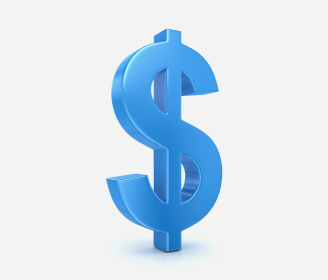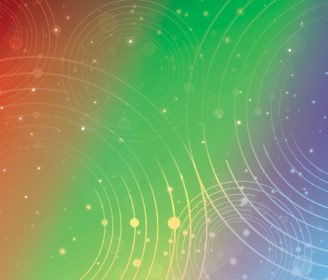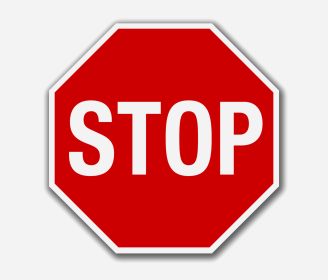Color Series: The Financial Blues
Blue: the most common color in financial services. A look at fifty top financial services brands found almost half had blue logos and another seven had blue elements in their logos. We weren’t too surprised with this result: blue is actually a great color. As we examined in our last Color Series post, blue…




